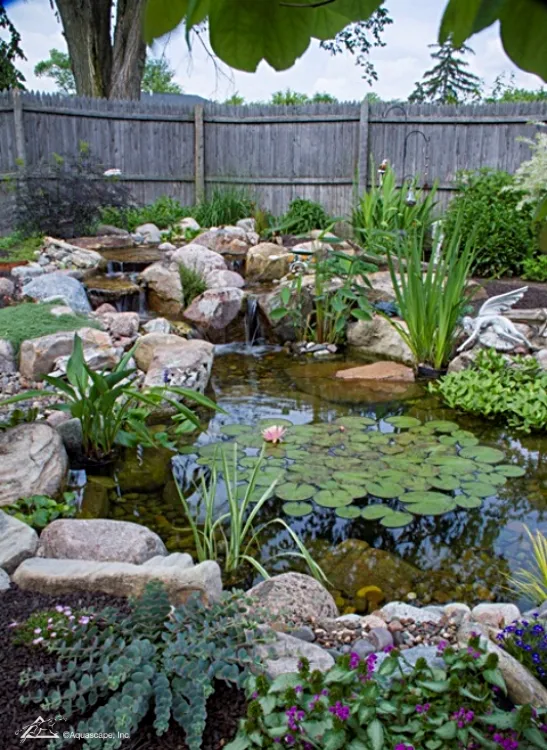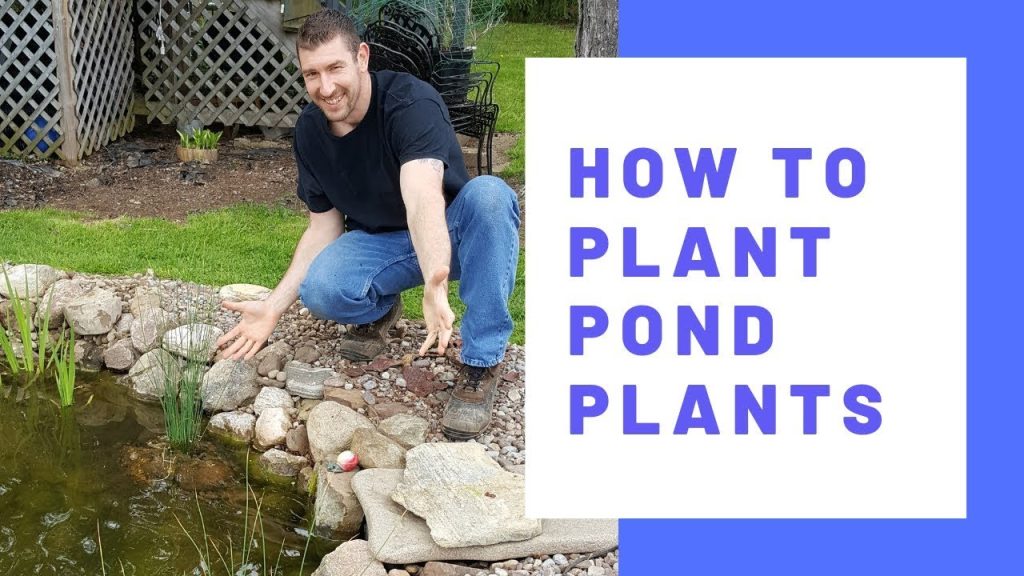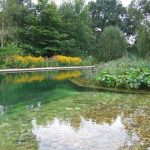Do you have a pond in your backyard or planning to create one? Adding pond plants not only enhances the aesthetic appeal of your pond but also contributes to its overall health. In this guide, we will explore everything you need to know about growing pond plants successfully.
Benefits of Pond Plants
Pond plants offer numerous benefits to your aquatic ecosystem. They help oxygenate the water, provide shelter for fish, reduce algae growth, and create a natural habitat for wildlife. Additionally, they add beauty and character to your pond, making it a more inviting space.
Types of Pond Plants
There are various types of pond plants that you can choose from based on your preferences and the specific needs of your pond. Some common types of pond plants include:
- Submerged Plants: These plants grow entirely underwater and help oxygenate the water.
- Emergent Plants: These plants have their roots underwater but their foliage above the waterline.
- Floaters: These plants float on the surface of the water and provide shade and shelter for aquatic life.
- Marginal Plants: These plants grow at the edge of the pond and add visual interest.
How to Grow Pond Plants
1. Selecting The Right Plants
Before you start growing pond plants, it’s essential to choose the right plants based on the size of your pond, water depth, and sunlight exposure. Make sure to select a variety of plants to create a balanced ecosystem.
2. Planting Techniques
When planting submerged plants, ensure they are fully submerged in the water. For emergent plants, plant them in shallow areas where their roots can reach the soil but their foliage can grow above the water. Floaters can simply be placed on the surface of the water.
3. Maintenance
To ensure healthy growth, regular maintenance is crucial. Remove any dead or decaying plant material, control algae growth, and fertilize the plants as needed. Prune overgrown plants to maintain a balanced ecosystem.
4. Water Quality
Monitor the water quality in your pond regularly to ensure it is suitable for plant growth. Test the water for pH levels, nutrient levels, and clarity. Make adjustments as necessary to create an optimal environment for your pond plants.
Tips for Growing Healthy Pond Plants
- Provide adequate sunlight for plant growth.
- Use a quality aquatic plant fertilizer to promote healthy growth.
- Introduce beneficial bacteria to maintain water quality.
- Keep invasive plants in check to prevent overgrowth.
- Regularly prune and divide plants to encourage new growth.

Credit: www.waterfeaturedesign.co.uk
Popular Pond Plants to Consider
| Plant Name | Type | Characteristics |
|---|---|---|
| Water Lily | Floaters | Beautiful flowers, provide shade |
| Cattails | Emergent Plants | Add vertical interest, attract wildlife |
| Anacharis | Submerged Plants | Oxygenates water, easy to grow |
| Blue Iris | Marginal Plants | Colorful blooms, grow at pond edges |

Credit: www.aquascapeinc.com
Conclusion
Growing pond plants can be a rewarding experience that enhances the beauty and health of your pond. By selecting the right plants, following proper planting techniques, and maintaining water quality, you can create a thriving ecosystem that benefits both your pond and the surrounding environment.
So, roll up your sleeves, get your hands dirty, and start growing beautiful pond plants today!





